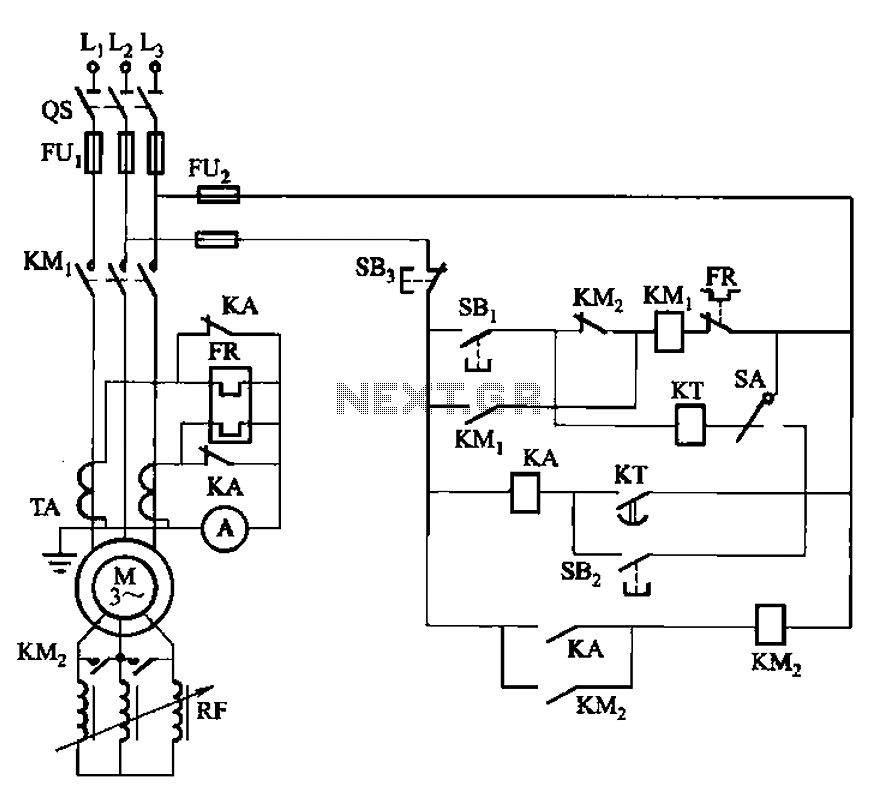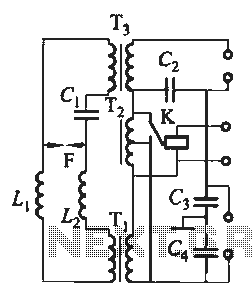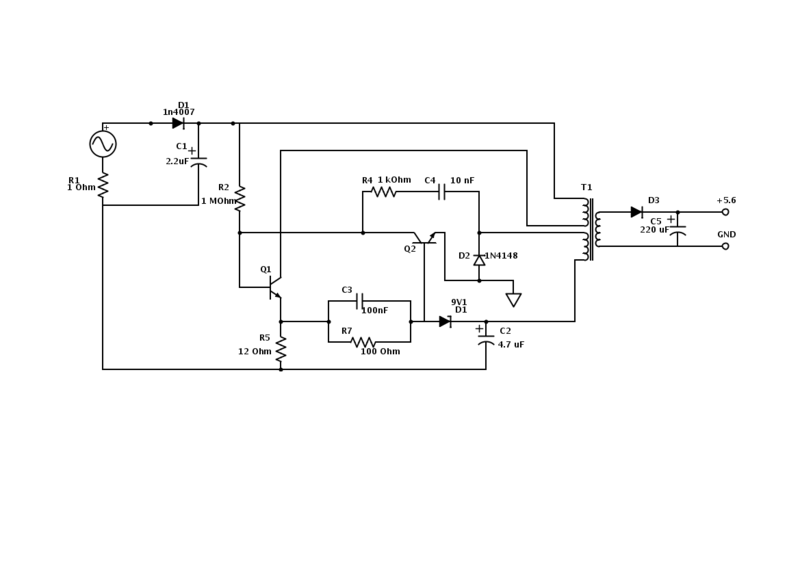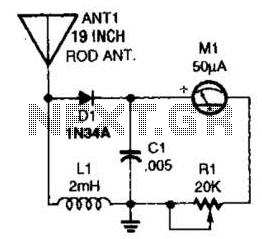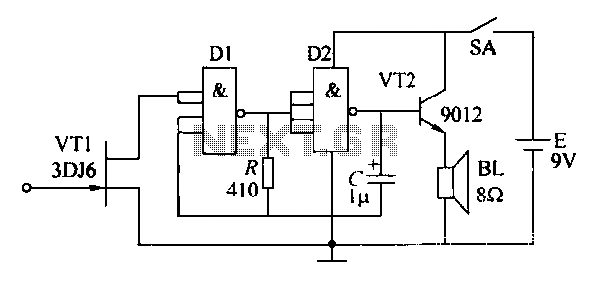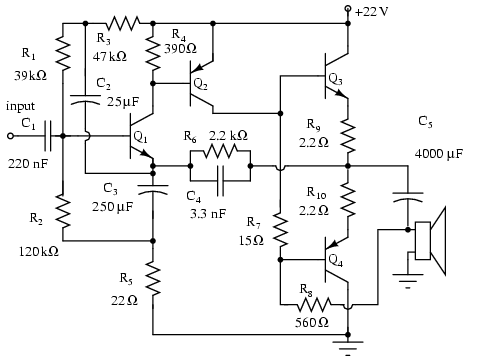
Current / voltage conversion circuit composed of LM301
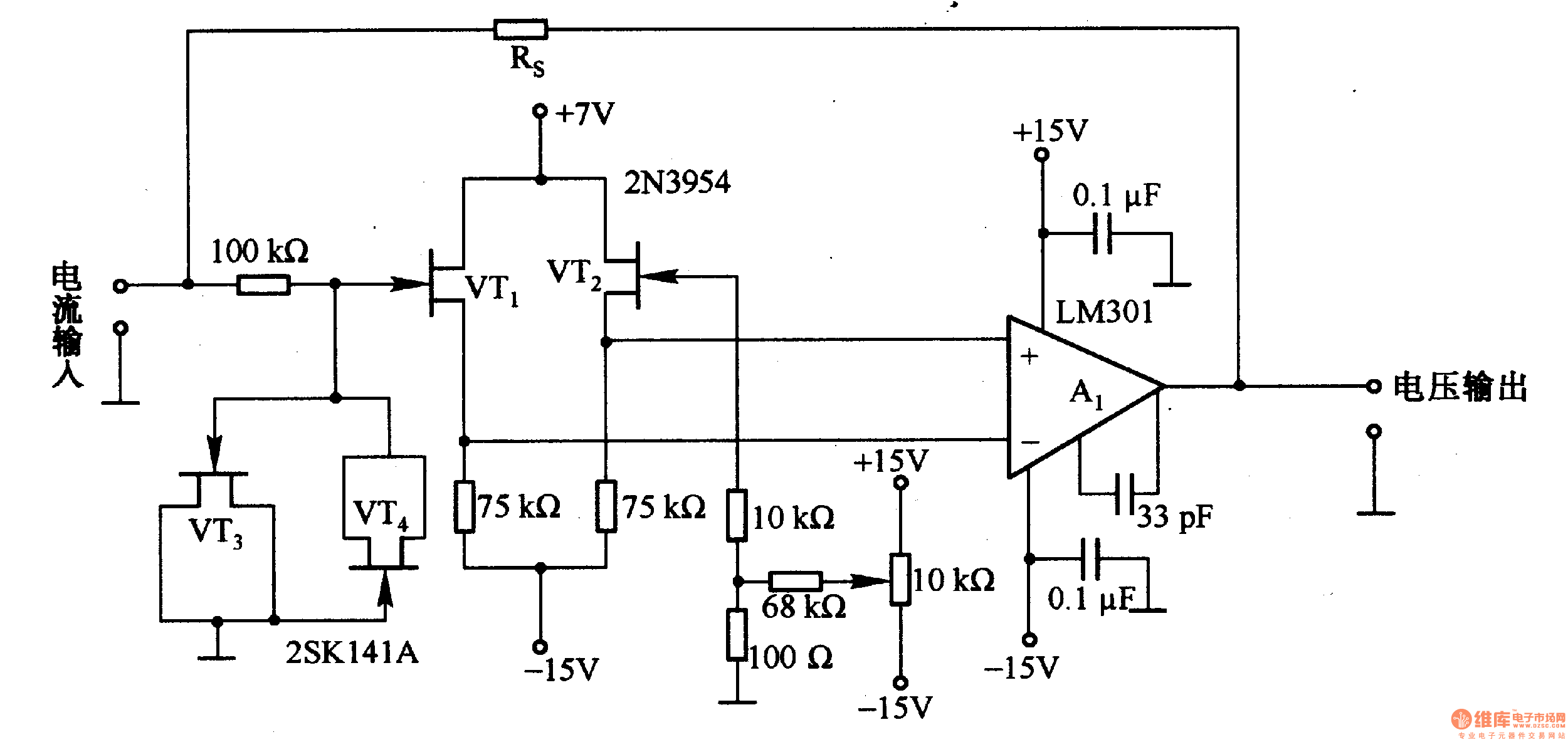
This is a low-input impedance conversion circuit with the reference resistor RS connected to the amplifier's feedback loop, resulting in an input impedance close to zero. The input current flows into the output end of the operational amplifier (Op-Amp) through RS. The maximum switching current is determined by the output current of the Op-Amp, with the circuit's maximum switching current being 10 mA.
This low-input impedance conversion circuit is designed to efficiently handle signals with minimal loading effect on the source. By connecting the reference resistor RS in the feedback loop of the Op-Amp, the circuit achieves a very low input impedance, which is advantageous in applications where signal integrity is critical, such as in sensor interfacing or signal conditioning.
The operational amplifier utilized in this design is configured to provide a high gain, which is essential for amplifying weak signals. The input current, which is the signal of interest, is directed through the reference resistor RS. This configuration ensures that the Op-Amp can drive the output without significant voltage drop across the input terminals, maintaining the integrity of the incoming signal.
The maximum switching current of 10 mA is a critical parameter for the circuit's performance. It is determined by the output current capabilities of the Op-Amp, which must be chosen based on the specific application requirements. The Op-Amp must be capable of sustaining this current without distortion or degradation of the signal.
In practical applications, this circuit can be employed in various fields such as biomedical instrumentation, where low-level signals from sensors need to be amplified without introducing noise or loading effects. The design considerations must include the choice of the Op-Amp, the value of the reference resistor RS, and the power supply requirements to ensure reliable operation within the specified current limits.This is a low-input impedance conversion circuit with reference resistor RS being connected to the amplifier`s feedback loop and input impedance in approximately zero, and the input current flows into Al`s output end through Rs. The maximum switching current is decided by the op amp output current, and the maximum switching current of circuit is lOmA.
When i.. 🔗 External reference
This low-input impedance conversion circuit is designed to efficiently handle signals with minimal loading effect on the source. By connecting the reference resistor RS in the feedback loop of the Op-Amp, the circuit achieves a very low input impedance, which is advantageous in applications where signal integrity is critical, such as in sensor interfacing or signal conditioning.
The operational amplifier utilized in this design is configured to provide a high gain, which is essential for amplifying weak signals. The input current, which is the signal of interest, is directed through the reference resistor RS. This configuration ensures that the Op-Amp can drive the output without significant voltage drop across the input terminals, maintaining the integrity of the incoming signal.
The maximum switching current of 10 mA is a critical parameter for the circuit's performance. It is determined by the output current capabilities of the Op-Amp, which must be chosen based on the specific application requirements. The Op-Amp must be capable of sustaining this current without distortion or degradation of the signal.
In practical applications, this circuit can be employed in various fields such as biomedical instrumentation, where low-level signals from sensors need to be amplified without introducing noise or loading effects. The design considerations must include the choice of the Op-Amp, the value of the reference resistor RS, and the power supply requirements to ensure reliable operation within the specified current limits.This is a low-input impedance conversion circuit with reference resistor RS being connected to the amplifier`s feedback loop and input impedance in approximately zero, and the input current flows into Al`s output end through Rs. The maximum switching current is decided by the op amp output current, and the maximum switching current of circuit is lOmA.
When i.. 🔗 External reference
Warning: include(partials/cookie-banner.php): Failed to open stream: Permission denied in /var/www/html/nextgr/view-circuit.php on line 713
Warning: include(): Failed opening 'partials/cookie-banner.php' for inclusion (include_path='.:/usr/share/php') in /var/www/html/nextgr/view-circuit.php on line 713
